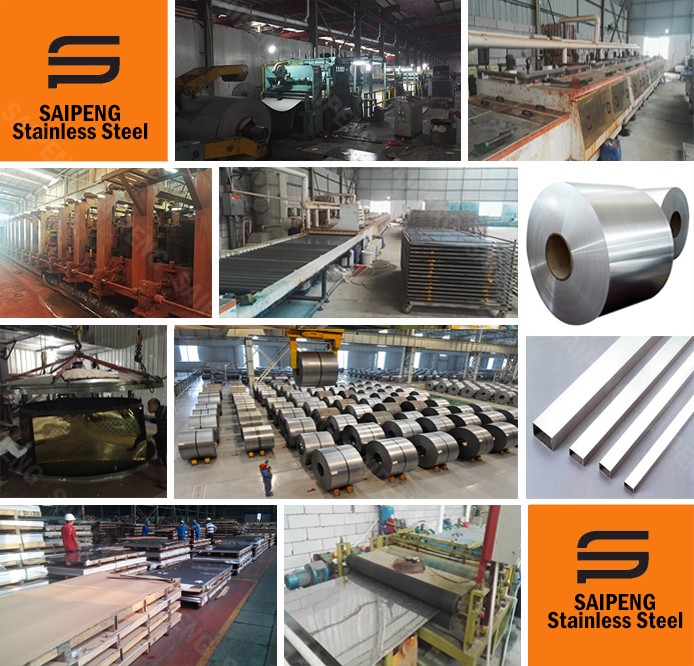Stainless steel bakeware utensils are usually fabricated of solid
stainless steel. On the other hand, top-of-range stainless steel
utensils are generally made by combining stainless with other metals,
usually aluminum, copper or carbon steel. (See Properties of Steel
section)
The other metals improve the utensil's heat conductivity. Various
manufacturing processes are used to combine stainless steel with these
other metals. The resulting combinations are described as two-ply, three
ply, three ply bottom clad, five ply bottom clad and five-ply,
seven-ply and even nine-ply, depending on the manufacturer and the
desired characteristics of the cookware.

Two-ply
utensils commonly have a stainless steel interior with another metal on
the exterior. In a few instances, this arrangement is reversed with the
stainless steel on the outside and a non-stick surface applied to the
interior.
Three-ply utensils have stainless steel on both the inside and
outside surfaces with a layer of copper, carbon steel or aluminum
forming the core.
Bottom clad utensils are formed with solid stainless or three-ply,
and copper is plated to the bottom or aluminum is applied to the bottom
by casting, bonding or metal spraying. Five-ply/bottom clad utensils are
made by the three-ply process, with two clad layers on the bottom.
Five-ply utensils are made with stainless steel on both the inside and
outside surfaces with three layers of aluminum or other metals forming
the core. In the actual manufacture of stainless steel utensils, the
metal's versatility permits it to be formed into a wide variety of
attractive and functional shapes, limited only by the imagination of the
designer or the desires of the consumer.

Customized pattern can be provided.









 Two-ply
utensils commonly have a stainless steel interior with another metal on
the exterior. In a few instances, this arrangement is reversed with the
stainless steel on the outside and a non-stick surface applied to the
interior.
Two-ply
utensils commonly have a stainless steel interior with another metal on
the exterior. In a few instances, this arrangement is reversed with the
stainless steel on the outside and a non-stick surface applied to the
interior.
































